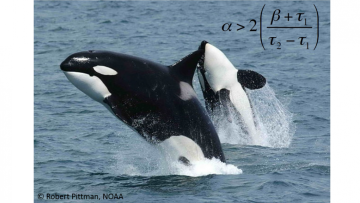Michael Bonsall, Professor of Mathematical Biology at Oxford University's Department of Zoology, discusses his research in population biology, what it tells us about species evolution and, in particular, why grandmothering is important to humans. His research was done in conjunction with Oxford Mathematician Jared Field.
"What is mathematical biology?


